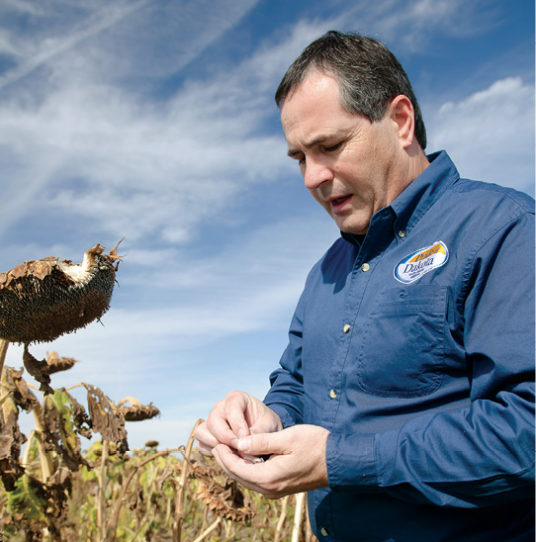No-Till Farmer
Get full access NOW to the most comprehensive, powerful and easy-to-use online resource for no-tillage practices. Just one good idea will pay for your subscription hundreds of times over.

NAME: Doug Goehring
LOCATION: Menoken, N.D.
YEARS NO-TILLING: 15
ACRES: 2,000 acres
CROPS: Spring wheat, winter wheat, corn, soybeans, sunflowers, canola and lentils
Sometimes it's not the hybrid, it’s the farmer or subtle weather conditions that are the reason yields weren’t the best that they could be. Too many times, I see producers abandon a perfectly good hybrid or variety without understanding why it performed the way it did that season.
For years, I’ve taken the time to put out test plots with different hybrids and varieties, various inputs and on different soil types found throughout our farm acres. I also soil test and observe weather conditions at key points in the crop’s development.
Paying close attention to lots of different details helps me truly understand what’s gone wrong or right for my crops each season. It’s a practice I’m teaching my son, Dustin, 26, who has managed farm operations for the last 4 years. It’s also a practice I probably wouldn’t have time for, if it weren’t for no-till.
Crops I’ve observed over the years include sunflowers, safflower, mustard, canola, field peas, lentils, spring wheat, winter wheat, durum, corn, soybeans and millet. Now our rotation consists mostly of spring wheat, winter wheat, corn, soybeans and sunflowers, with occasional canola and lentils.
Observation and tracking have helped me be successful. I wasn’t given a farm. I had to build one from scratch. My first tractor was purchased with a credit card — an action that I don’t…